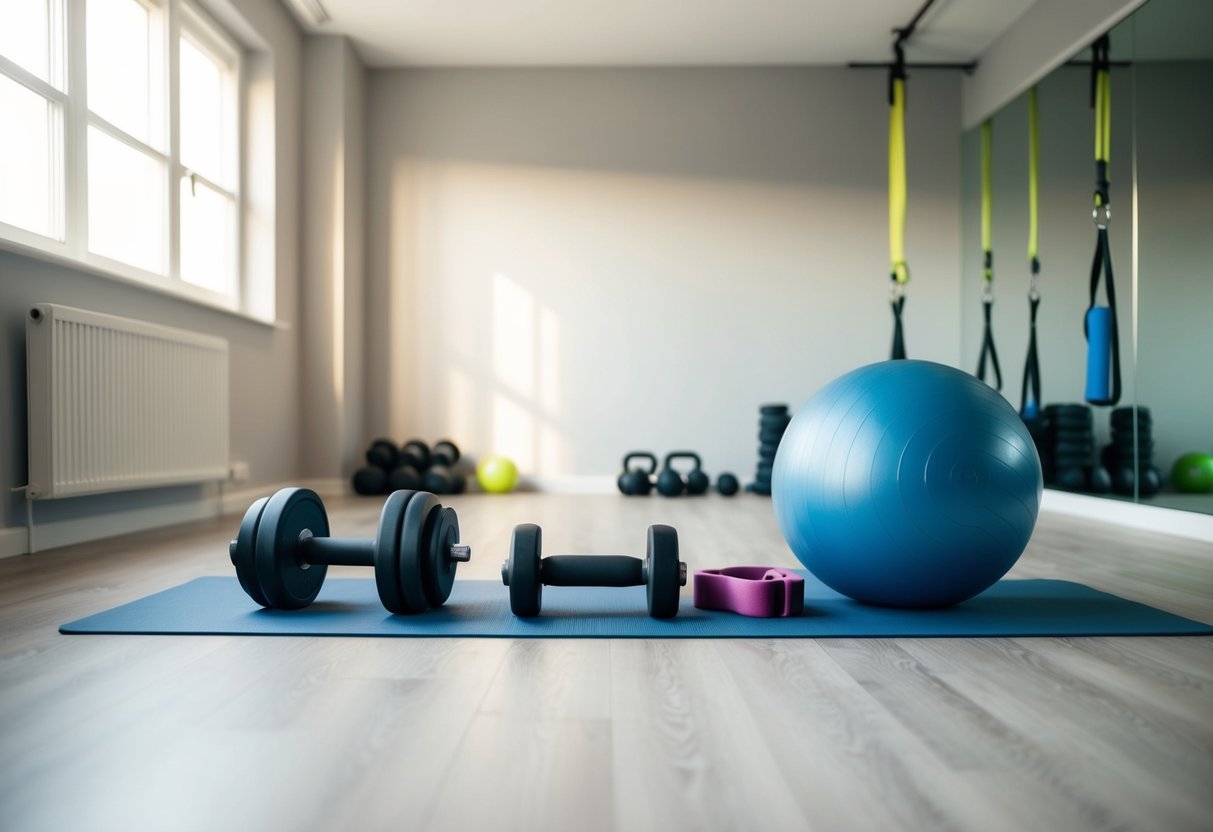
Mastering Exercise Techniques

Proper exercise techniques are crucial for both safety and effective workouts, especially when using strength and weight training methods. Understanding proper form and safely progressing with patterns helps prevent injuries while maximizing results. This approach ensures a comprehensive exercise program that promotes continuous growth and achievement.
Proper Form and Safety
Using correct form during exercises ensures safety and enhances performance. Incorrect postures can lead to injuries and hinder progress, especially with weight training exercises. Focusing on form allows each muscle group to work as intended. It’s important to maintain posture and alignment, particularly in compound movements like squats and deadlifts.
When lifting, keeping the spine neutral and engaging the core is critical. Bent knees, stable shoulders, and aligned neck positions help maintain balance and accuracy. Avoiding jerky movements also reduces the risk of injury. Exercises should be performed with control, emphasizing a full range of motion for each repetition.
Additionally, understanding the body’s signals is essential. Pain or discomfort should not be ignored. Taking time to learn the movements and starting with lighter weights can build confidence and ensure technique is correctly applied. Reviewing exercise guidelines and possibly consulting with professionals can refine form and enhance the workout experience.
Progressing with Patterns
To ensure continual development, adjusting workout patterns is vital. This is where concepts like periodization and progression become key. By gradually increasing the complexity and intensity of workouts, individuals can avoid plateaus. Making slight changes to repetitions, sets, or weight can yield significant gains.
Incorporating varied exercises allows for balanced muscle growth. Rotating through compound movements targets multiple areas, increasing strength while enhancing endurance. Strategies such as increasing repetitions or weights in small increments provide a progressive challenge.
Recovery is equally important in progression. Allowing time for muscles to heal and adapt between sessions leads to better performance in subsequent workouts. Respecting rest days and balancing intensity with recovery time prevents burnout and minimizes the risk of injury.
Integrating Strength and Conditioning
Integrating strength and conditioning in a home workout program is crucial. It helps in balancing muscular development with cardiovascular health. Encouraging a comprehensive approach, this section highlights the benefits of both muscular strength and cardiovascular endurance.
Developing Muscular Strength
Muscular strength is the foundation of any effective workout program. It involves exercises that target major muscle groups, such as squats, deadlifts, push-ups, and pull-ups. Utilizing resistance bands or weights ensures progressive overload, promoting muscle growth and hypertrophy.
Combining compound movements with isolation exercises maximizes efficiency. It’s essential to focus on correct form and technique to prevent injury and ensure long-term gains. Adjusting the reps and sets according to individual goals helps in tailoring the program to personal needs. A consistent schedule of 3-4 times per week is recommended for optimal results.
Enhancing Cardiovascular Endurance
Cardiovascular endurance improves heart health and overall stamina. Incorporating activities like running, cycling, or jump rope into the routine enhances cardiovascular training. It’s vital to vary the intensity and duration of these cardio workouts to keep the body challenged and engaged.
High-intensity interval training (HIIT) can be an effective method for boosting endurance in a shorter time frame. Implementing regular sessions of 20 to 30 minutes, at least three times a week, builds endurance effectively. Maintaining an active recovery period between sessions can also promote recovery while keeping the heart rate elevated.



